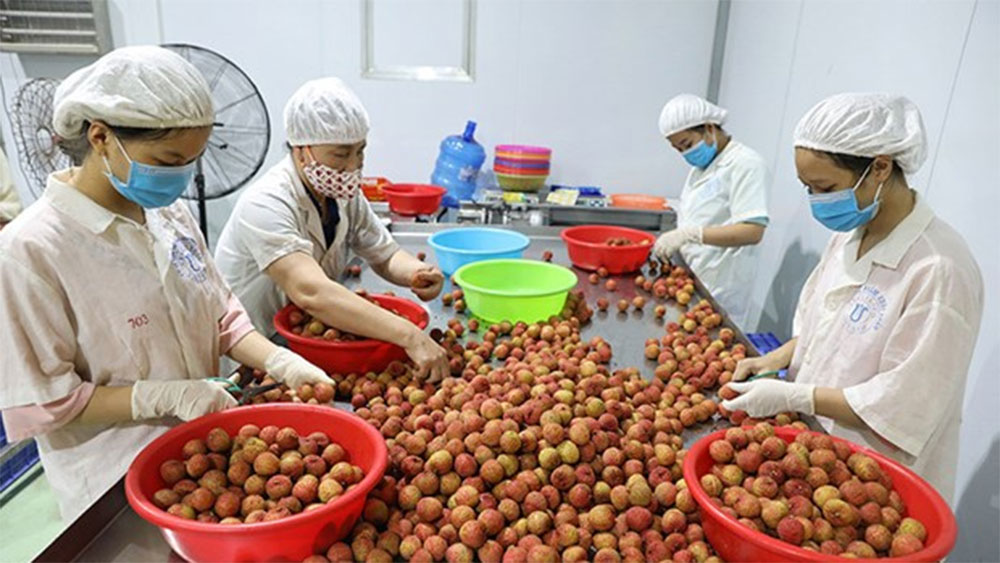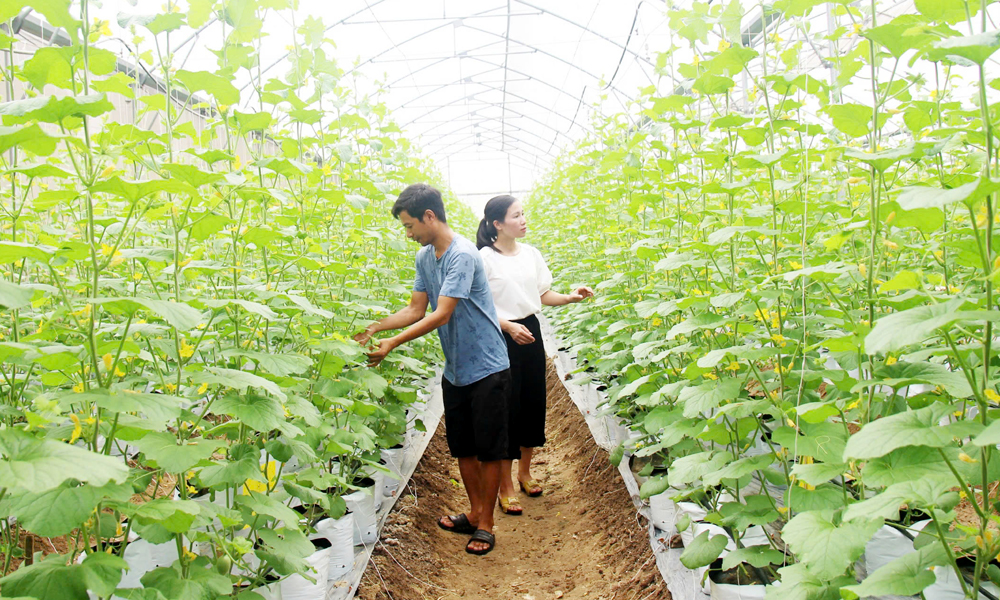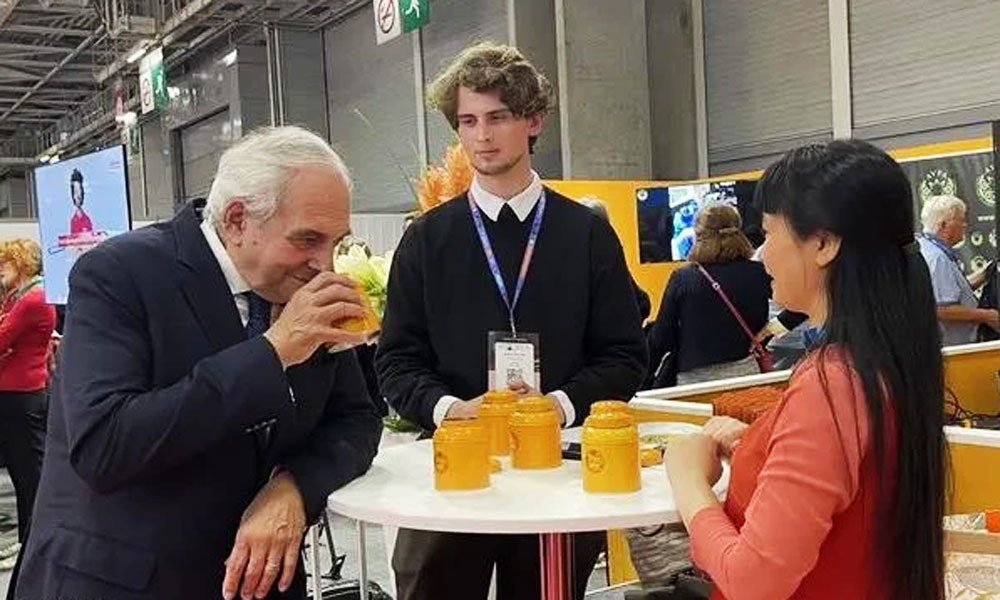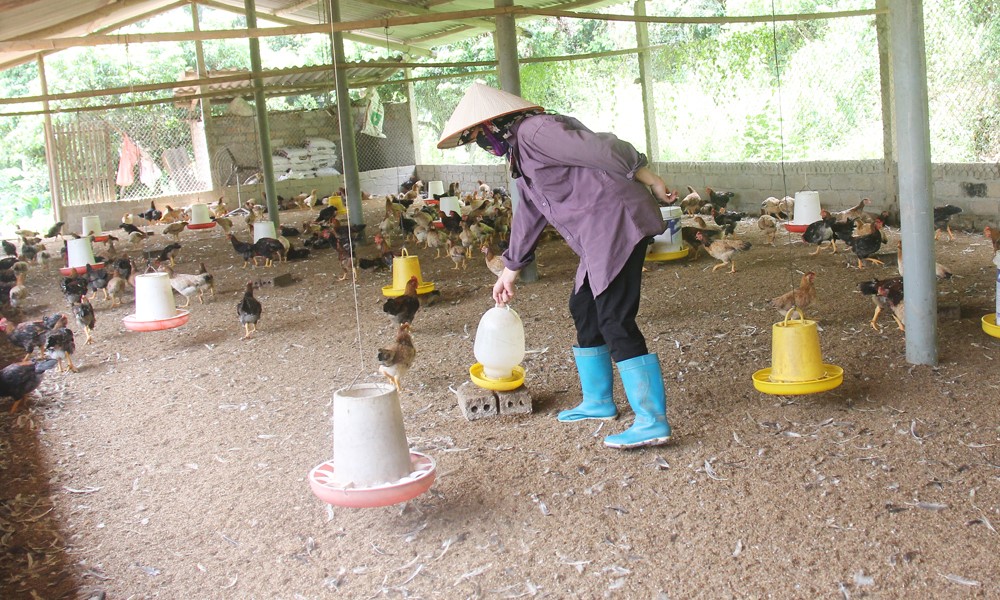Compliance with quality standards – a must to bolster fruit exports
They made the affirmation at a recent conference jointly held by the United Nations Industrial Development Organisation (UNIDO), and the Vietnam Institute of Agricultural Engineering and Post-harvest Technology and the National Authority for Agro-Forestry-Fishery Quality, Processing and Market Development under the Ministry of Agriculture and Rural Development (MARD) in Ho Chi Minh City.
 |
|
Workers sort lychees for export at the Global Food Joint Stock Company in Luc Ngan district, Bac Giang province. |
Describing fruit as a key agricultural export product, Deputy Director of the MARD’s Plant Protection Department Le Van Thiet said that fruit shipments in recent five years grow 10-15% annually, most of which are destined for China, the US, Japan, the Republic of Korea and the EU.
Negotiations to diversify export markets have made Vietnam one of the largest fruit exporters in Southeast Asia, while encouraging farmers and exporters to make more investment in their processing, packaging and transport facilities to ensure that Vietnamese fruit products meet foreign market standards, he said.
Pointing out several challenges that hamper fruit exports, including technical barriers, strict sanitary and phytosanitary measures and fierce competition, Thiet said farmers and businesses must comply with quality standards of importers, while promoting sustainable value chains for their products.
Additionally, as digital transformation still lags behind the industry’s development, he suggested competent sides complete and upgrade their database, e-training platforms and websites, making them more friendly with users.
Besides, the completion of guidelines to set up and manage packaging facilities and planting areas of key fruit, as well as sound plant quarantine measures in accordance with importer requirements will help boost fruit exports, Thiet added.
Manager of UNIDO’s project on quality and standard Bahramalian Nima said that total fruit export batches rejected to enter Australia, China, the EU, Japan and the US increased 42% in ten years, from 24 in 2010 to 34 in 2020.
The rejections were due to disease infection, poor hygienic control, and veterinary drug and pesticide residues, he said, stressing that Vietnam should improve its technical assessment capacity, improve food safety surveillance system, and work to better farmer and company capacity to control quality.
Regarding origin tracing, experts said Vietnam should focus on improving transparency through food supply chains to detect unsafe food, and find ways to identify whether farmers are planting their trees under good practice standards or not.
Most recently, the Plant Protection Department sent a document to several localities, asking them to temporarily halt planting areas and packaging facilities with codes that fail to meet requirements from the Chinese market.
The suspension was also applied for the batches related to violating growing areas and packaging facilities.
According to Deputy Director of the Plant Protection Department Nguyen Thi Thu Huong, the move aims to reduce risks for Vietnamese exporters as it could take them a long time to recover from the consequences when the codes are revoked by the Chinese authorities.
Source: VNA
 Bắc giang
Bắc giang
















Reader's comments (0)